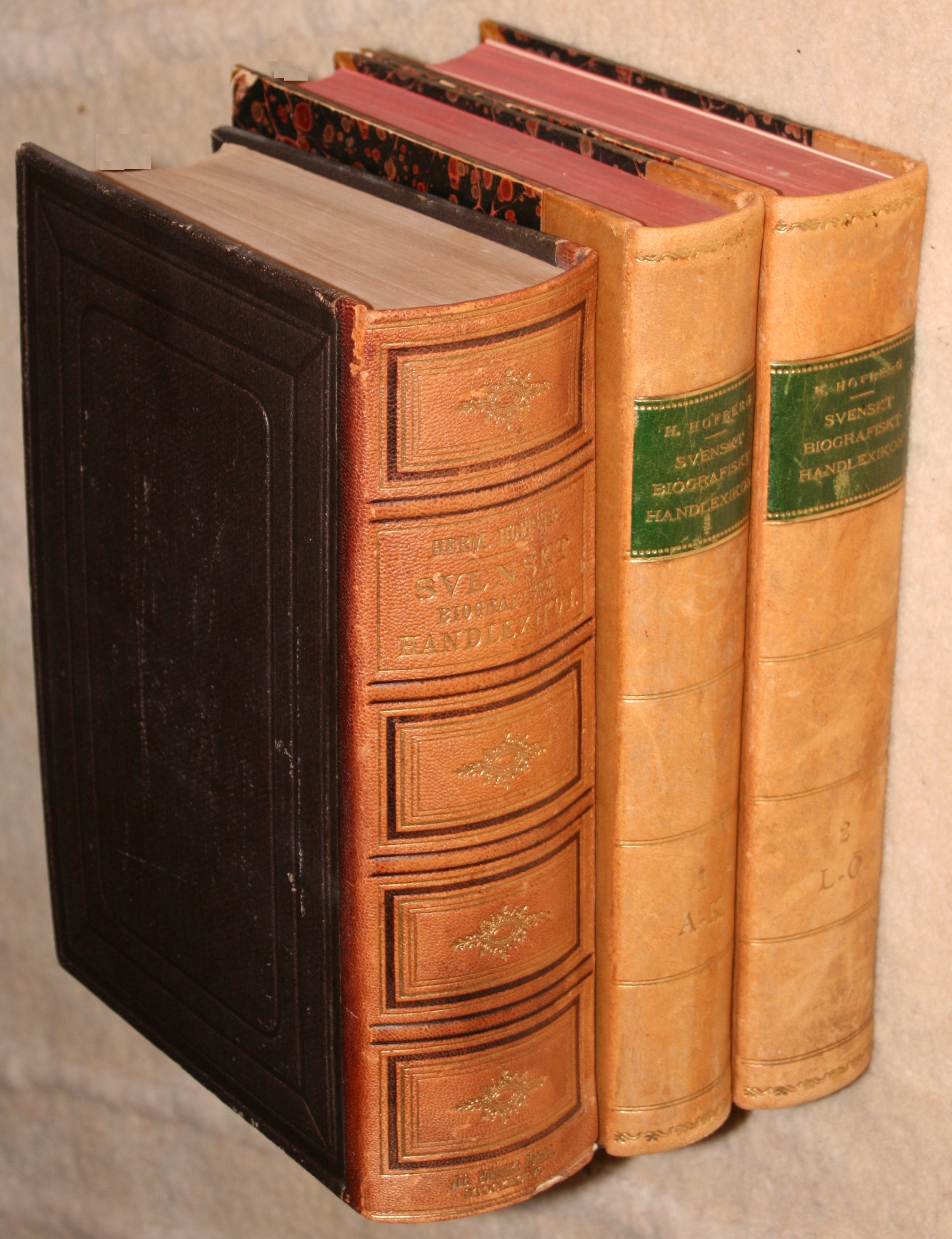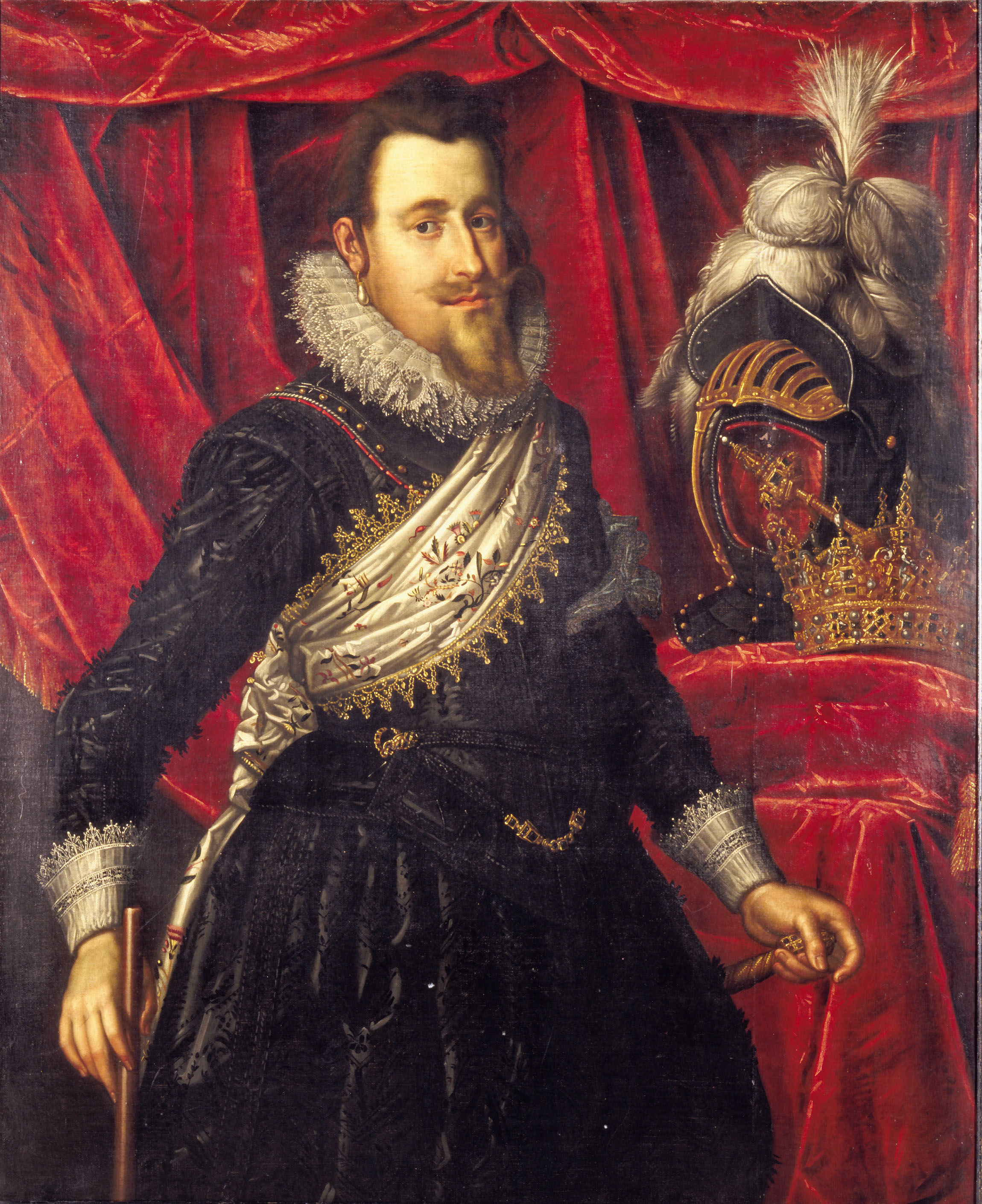|
Anders Eriksson Hästehufvud
Anders Eriksson Hästehufvud (1577–1657) was a Swedish officer who served as Governor of Duchy of Estonia between 1617 and 1619 and Governor-General of Swedish Livonia in 1628. External links Hästehufvud, Anders Eriksson– Svenskt biografiskt handlexikon at Project Runeberg Project Runeberg ( sv, Projekt Runeberg) is a digital cultural archive initiative that publishes free electronic versions of books significant to the culture and history of the Nordic countries. Patterned after Project Gutenberg, it was founded ... 1577 births 1657 deaths Swedish nobility {{Europe-noble-stub ... [...More Info...] [...Related Items...] OR: [Wikipedia] [Google] [Baidu] |
Duchy Of Estonia (1561–1721)
The Duchy of Estonia ( sv, Hertigdömet Estland, et, Eestimaa hertsogkond, german: Herzogtum Estland), also known as Swedish Estonia, ( sv, Svenska Estland, italic=no) was a dominion of the Swedish Empire from 1561 until 1721 during the time that most or all of Estonia was under Swedish rule. The land was eventually ceded to Russia in the Treaty of Nystad, following its capitulation, during the plague, in the Great Northern War. The dominion arose during the Livonian War, when the northern parts of present-day Estonia — Reval (Tallinn) and the counties of , , and — submitted to the Swedish king in 1561, and in 1581. It is also colloquially known as the "good old Swedish times" ( et, vana hea Rootsi aeg) by Estonians, but this expression was not used before the following Russian rule, in the beginning of which the situation of Estonian peasantry declined rapidly; to gain the support of the German Baltic nobility, Russia gave them more power over the peasantry. Head ... [...More Info...] [...Related Items...] OR: [Wikipedia] [Google] [Baidu] |
Swedish Governors-General
A Governor-General ( sv, generalguvernör) was appointed by the Swedish monarch as his permanent representative, with both civil and military jurisdiction, over parts of Sweden, from the 17th century to the early 19th century, when constitutional changes made the office obsolete. A Governor-General was always appointed as the highest representative of the Swedish monarch in the dominions ruled, or the possessions governed, by Sweden. Conquered, and unintegrated, territories were apart from this, more or less allowed to retain their internal political structure. The term viceroy is better reserved for the '' stattholder'', the representative of the Swedish monarch in Norway when that neighboring country was in personal union with Sweden, as it concerns a whole kingdom, and notably in the several cases where the incumbent was no lesser than the Swedish crown prince. Governors-General could also be appointed over parts of Sweden proper, today's Sweden and Finland, and usually cons ... [...More Info...] [...Related Items...] OR: [Wikipedia] [Google] [Baidu] |
Swedish Livonia
Swedish Livonia ( sv, Svenska Livland) was a dominion of the Swedish Empire from 1629 until 1721. The territory, which constituted the southern part of modern Estonia (including the island of Ösel ceded by Denmark after the Treaty of Brömsebro) and the northern part of modern Latvia (the Vidzeme region), represented the conquest of the major part of the Polish-Lithuanian Duchy of Livonia during the 1600–1629 Polish-Swedish War. Parts of Livonia and the city of Riga were under Swedish control as early as 1621 and the situation was formalized in the Truce of Altmark 1629, but the whole territory was not ceded formally until the Treaty of Oliva in 1660. The minority part of the Wenden Voivodeship retained by the Polish–Lithuanian Commonwealth was renamed the Inflanty Voivodeship ("''Livonian Principality''"), which today corresponds to the Latgale region of Latvia. Riga was the second largest city in the Swedish Empire at the time. Together with other Baltic Sea dominions, ... [...More Info...] [...Related Items...] OR: [Wikipedia] [Google] [Baidu] |
Svenskt Biografiskt Handlexikon
''Svenskt biografiskt handlexikon'' () is a compact Swedish dictionary of biography first published in 1873–1876 by the physician and antiquarian Herman Hofberg (1823–1883). The second, updated edition was published in 1906, under the editorship of Frithiof Heurlin, Viktor Millqvist, and Olof Rubenson. The second edition, two volumes of all together 1,445 pages, contains 4,419 articles on families and individuals, "renowned Swedish men and women from the reformation until the present times", and more than 3,000 miniature portraits. See also * Svenskt biografiskt lexikon External links *Svenskt biografiskt handlexikon', digitized facsimile, at the Project Runeberg Project Runeberg ( sv, Projekt Runeberg) is a digital cultural archive initiative that publishes free electronic versions of books significant to the culture and history of the Nordic countries. Patterned after Project Gutenberg, it was founded ... website 1873 non-fiction books 1874 non-fiction books 1875 ... [...More Info...] [...Related Items...] OR: [Wikipedia] [Google] [Baidu] |
Project Runeberg
Project Runeberg ( sv, Projekt Runeberg) is a digital cultural archive initiative that publishes free electronic versions of books significant to the culture and history of the Nordic countries. Patterned after Project Gutenberg, it was founded by Lars Aronsson and colleagues at Linköping University and began archiving Nordic-language literature in December 1992. As of 2015 it had accomplished digitization to provide graphical facsimiles of old works such as the '' Nordisk familjebok'', and had accomplished, in whole or in part, the text extractions and copyediting of these as well as esteemed Latin works and English translations from Nordic authors, and sheet music and other texts of cultural interest. Nature and history Project Runeberg is a digital cultural archive initiative patterned after the English-language cultural initiative, Project Gutenberg; it was founded by Lars Aronsson and colleagues at Linköping University, especially within the university group Lysator ( ... [...More Info...] [...Related Items...] OR: [Wikipedia] [Google] [Baidu] |
1577 Births
__NOTOC__ Year 1577 ( MDLXXVII) was a common year starting on Tuesday (link will display the full calendar) of the Julian calendar. Events January–June * January 9 – The second Union of Brussels is formed, first without the Protestant counties of Holland and Zeeland (which is accepted by King Philip II of Spain), later with the Protestants, which means open rebellion of the whole of the Netherlands. * March 17 – The Cathay Company is formed, to send Martin Frobisher back to the New World for more gold. * May 28 – The ''Bergen Book'', better known as the ''Solid Declaration'' of the Formula of Concord, one of the Lutheran confessional writings, is published. The earlier version, known as the ''Torgau Book'' (1576), had been condensed into an ''Epitome''; both documents are part of the 1580 ''Book of Concord''. July–December * July 9 – Ludvig Munk is appointed Governor-General of Norway. * September 17 – The Treaty of Bergerac ... [...More Info...] [...Related Items...] OR: [Wikipedia] [Google] [Baidu] |
1657 Deaths
Events January–March * January 8 – Miles Sindercombe and his group of disaffected Levellers are betrayed, in their attempt to assassinate Oliver Cromwell, by blowing up the Palace of Whitehall in London, and arrested. * February 4 – Oliver Cromwell gives Antonio Fernandez Carvajal the assurance of the right of Jews to remain in England. * February 23 – In England, the ''Humble Petition and Advice'' offers Lord Protector Cromwell the crown. * March 2 – The Great Fire of Meireki in Edo, Japan, destroys most of the city and damages Edo Castle, killing an estimated 100,000 people. * March 23 – Anglo-Spanish War (1654–60): By the Treaty of Paris, France and England form an alliance against Spain; England will receive Dunkirk. April–June * April 20 **In the Battle of Santa Cruz de Tenerife during the Anglo-Spanish War, English Admiral Robert Blake attempts to seize a Spanish treasure fleet. ** The Jews of New Amsterdam (later ... [...More Info...] [...Related Items...] OR: [Wikipedia] [Google] [Baidu] |


